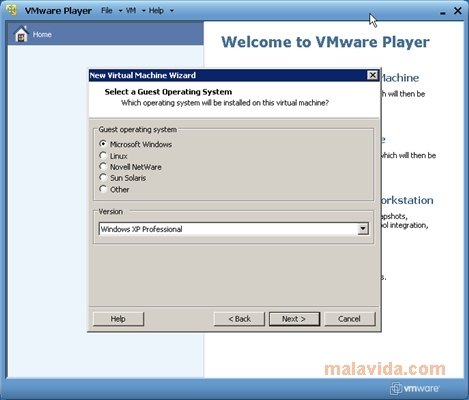



It is convenient to choose the number of processors and amount of memory, in such a way that it does not interfere with the use of the host computer. To do this, we can choose: memory amount, number of processors, CD/DVD drive(s), network adapter, sound card, USB driver, printer, monitors, etc. When creating the virtual machine, we need to allocate hardware resources that will be used in that machine. This option optimize better the hard disk space, but it makes the virtual machine to be slightly slower. If we select the option to create multiple files, the program reserves the minimum space required to run the virtual machine, and when the virtual machine disk starts to fill up, the program will create more files until it reach the 60 Gb limit. If we choose the option to reserve disk space (single file), the program will create a 60Gb file, which will be used to store the virtual machine. If for example we are going to install Windows 8, the recommended space is 60 Gigabytes. We can choose to reserve space on the hard disk to store virtual machine files, or choose the option in which the virtual machine will increase the used space. Also we must select the space required by the virtual machine.ĭepends on the Operating System that we intend to install, the space required may vary from 2 Gigabytes to 60 Gigabytes. We can choose between Windows ( Windows XP, Windows Server, Windows Vista, Windows 7, Windows 8, etc), Linux ( Ubuntu, Debian, RedHat, SUSE, CentOS, Fedora, and more), Novell NetWare, Solaris and Others ( MS-DOS, FreeBSD, and more).Ĭreated virtual machine is stored in directories and files on the hard disk, so we need to indicate the location where we want to store such files. In the virtual machine creation process, we can choose the Operating System that we're going to install on the machine. VMware Player enables us to create virtual machines quickly and easily.


 0 kommentar(er)
0 kommentar(er)
